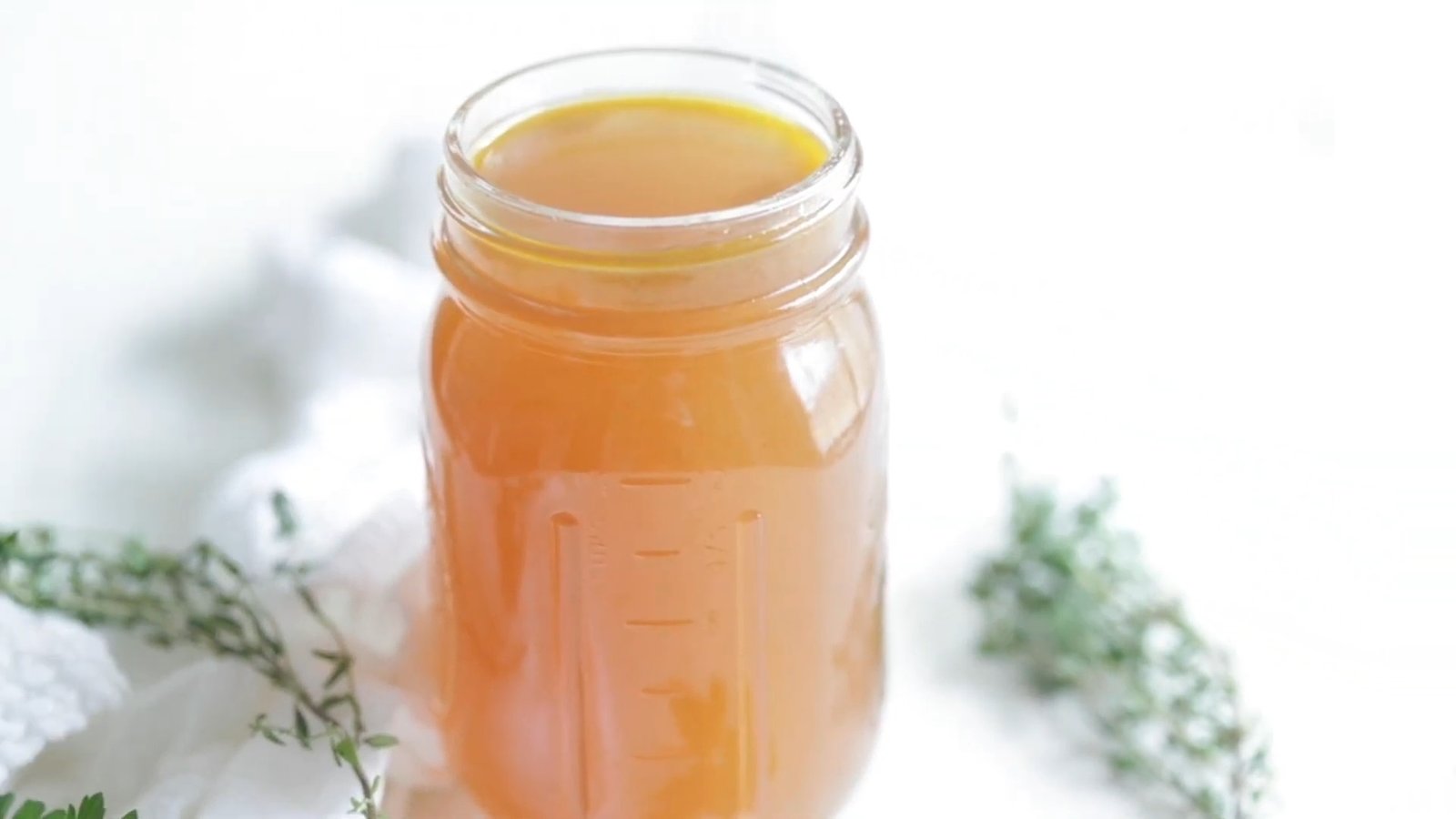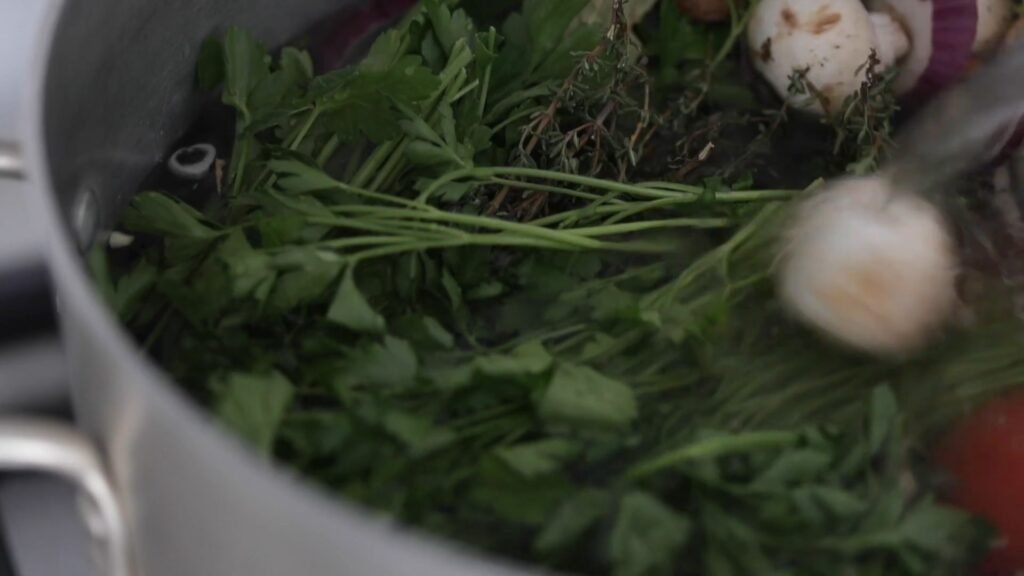

If you're vegetarian, vegan, or simply looking to add more plant-based meals to your diet, homemade vegetable stock is one of the most valuable and versatile kitchen staples you can learn to make. Not only is it incredibly flavorful, but it’s also cost-effective, eco-friendly, and surprisingly easy to prepare. Whether you're whipping up soups, risottos, stews, or braised vegetables, a rich veggie stock can take your dish to the next level.
In this guide, we’ll walk you through exactly how to make a delicious vegetable stock from scratch using leftover kitchen scraps and common produce. Let’s get started.
Why You Should Make Your Own Vegetable Stock
Just like beef or chicken stock, vegetable stock forms the flavorful base for countless recipes. The best part? You can make it using vegetables you already have lying around — think onion peels, carrot tops, celery ends, and leek trimmings. Instead of tossing those scraps, save them in your freezer and turn them into culinary gold.
Making your own stock also allows you to control the ingredients. No additives, preservatives, or excessive sodium — just pure, clean flavor tailored to your needs.
Ingredients for Homemade Veggie Stock
There’s no exact formula, but here’s a great base to start with:
4 small yellow onions (or 3 medium), unpeeled
½ bunch celery, with leaves
3–4 carrots, unpeeled
2 leeks, use everything
6–8 garlic cloves, unpeeled
Fresh herbs like parsley, thyme, and bay leaves
Black peppercorns
Optional: mushroom stems, tomato ends, red onion, leftover veggie scraps from the freezer
Important note: Avoid adding beets (they’ll turn the broth red) and peppers (they can make it bitter or overly spicy).

How to Make Vegetable Stock – Step-by-Step
1. Prep Your Vegetables
Roughly chop the onions, celery, carrots, and leeks. Don’t worry about peeling them — the skins add extra flavor. Place all chopped veggies in a large bowl and set aside.
2. Sweat the Vegetables
In a large stockpot, heat a few tablespoons of olive oil over low heat. Add your chopped vegetables and garlic. Sweat them gently for about 15–20 minutes. The goal here is to soften and release flavors, not brown them.
3. Add Scraps and Extras
Now’s the time to grab those frozen veggie scraps you’ve been saving — onion ends, carrot peels, herb stems, etc. Toss them into the pot for extra depth of flavor. Add in any additional veggies like mushrooms or tomatoes that need to be used up.
4. Add Water and Simmer
Fill the pot with cold water until the vegetables are covered by about 2 inches (usually 2–2.5 gallons for a large pot). Bring it to a gentle boil, then reduce the heat and simmer uncovered for 90 to 120 minutes.
Pro tip: Unlike meat stocks, veggie stock only needs 1.5 to 2 hours of simmering. Any longer and you won’t extract more flavor — you might even end up with bitterness.

5. Strain the Stock
Once the stock is rich in color and flavor, remove it from the heat. Use a fine-mesh strainer or chinois to strain out the solids. Be sure to press down gently on the vegetables to extract every last drop of liquid gold.
6. Season and Store
Taste your stock and season with salt and pepper. Then store it in airtight containers. It will last:

Up to 1 week in the refrigerator
Up to 6 months in the freezer (freeze in portions for easy use)
Ways to Use Homemade Vegetable Stock
There are endless uses for veggie stock, including:

Soups and stews
Risottos and rice dishes
Grain cooking liquid (instead of water)
Vegetable braising
Sauce bases
Any recipe that calls for chicken or beef broth can be swapped with vegetable stock for a lighter, plant-based twist.
Final Thoughts
Homemade vegetable stock is one of those essential recipes that every home cook should master. It saves money, reduces food waste, and adds serious flavor to your meals. The next time you’re prepping vegetables, don’t toss those scraps — freeze them and make stock!
Give it a try, and once you taste the difference, you’ll never go back to store-bought again.

0 servings